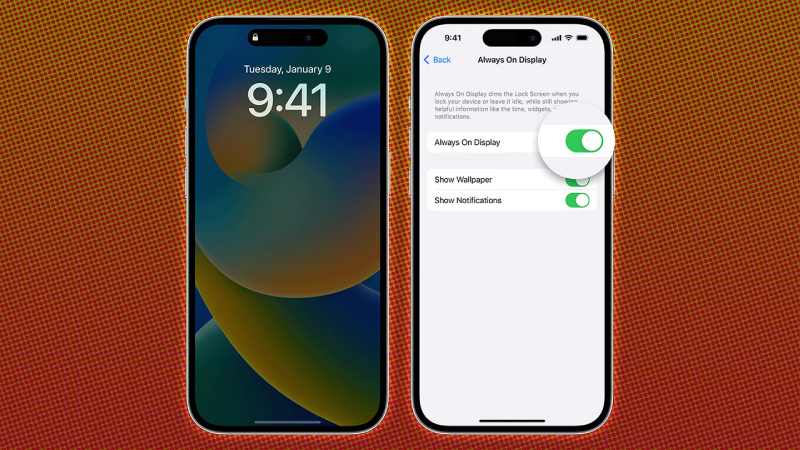Software updates have allowed Apple to further enhance its always-on screen, which made its debut with the iPhone 14 Pro. If you haven’t customized your screen before or you recently purchased a 14 or 15 Pro, here’s how to automate the iPhone’s always-on display.
With iOS 16.2, Apple introduced the first always-on display customizations following a launch with limited customization options. This made it possible for users to disable the always-on screen’s colored wallpaper and notifications.
Following that, Apple introduced Focus Filters, which allow you to schedule or automate when your iPhone is always on.
How to use Focus Filters to automate your iPhone’s always-on display
On your iPhone 14 Pro/Pro Max or iPhone 15 Pro/Pro Max, launch the Settings app (iOS 16.4 or later required).
Select Focus and then select an already-existing Focus or create a new one.
Swipe down and select Add Filter from the Focus Filters menu.
The new “Always On Display” option is located at the bottom.
Turning it on by default can be done by tapping Add in the upper right corner.
In order to automate this, make sure that the Focus you have added as always-on (just above Focus Filters) has either a schedule set for it or Smart Activation enabled.
Additionally, you can use a Focus mode to link various Lock Screens to the always-on on/off filter (long-press on your Lock Screen > tap Focus).
Shortcuts for the always-on display
Additionally, you can configure the always-on display through the Shortcuts app, which is compatible with Siri:
Launch the Shortcuts application.
In the upper right corner, press the plus sign ().
Utilize the search function to locate “Set Always On Display.”
You can adjust the Shortcut’s behavior by tapping the blue Turn or On buttons.
To add a new shortcut, tap Done in the upper right corner.





